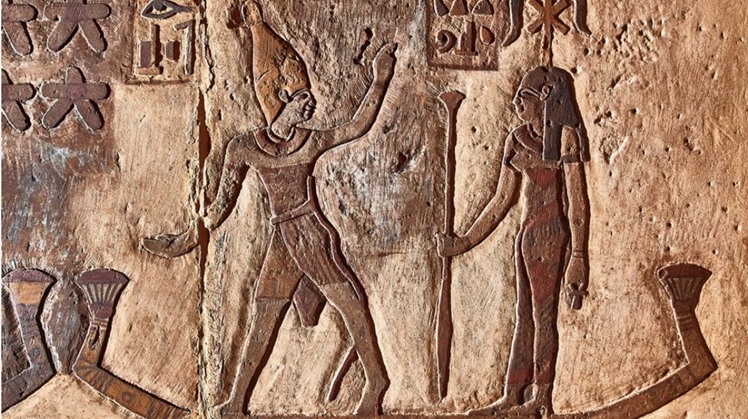The Ministry of Tourism and Antiquities announced the start of the work of the joint Egyptian-German mission between the Antiquities Registration Center at the Ministry of Tourism and Antiquities and the Egyptology Department at the University of Tübingen, Germany, the works of the sixth season in the project of restoration and documentation of the Esna Temple in Luxor Governorate, so what are the details of the restoration work? It is what we will review through the next lines.
Q / What did the mission include?
A / The mission's work in this season included restoration work and cleaning the layers of soot and dirt, removing salts from the walls and ceiling of the temple, and showing the original colors of the inscriptions, especially the astronomical inscriptions that adorn the roof of the temple, which the restoration team was able to show a large part of during the work of previous seasons.
Q / How long will the mission work?
A / This season's activities will continue until the first months of 2021.
Q / How was the state of the inscriptions on the temple of Esna?
A / The colorful temple inscriptions have suffered over the centuries from the gathering of thick layers of soot, dust and dirt, in addition to the remains of birds and bats, spider nests, as well as salt deposits.
Q / Where exactly is the temple of Esna?
C / It is located about 100 meters from the west bank of the Nile in the city of Esna, and dates back to the Roman era. Its construction began in the era of the Roman Emperor Claudius in the first century AD, and ended with inscriptions in the era of Emperor Decius between the years 251-249. The temple was dedicated to the god Khnum in the form of a ram, along with his two wives, and during the nineteenth and twentieth centuries it suffered from urban encroachment, so houses were built around it, so that a house was built directly in front of its entrance, controlling the movement of exit and entry to and from the temple. In the era of Muhammad Ali Pasha, a cotton warehouse was also used.
 Sun, Nov. 8, 2020
Sun, Nov. 8, 2020